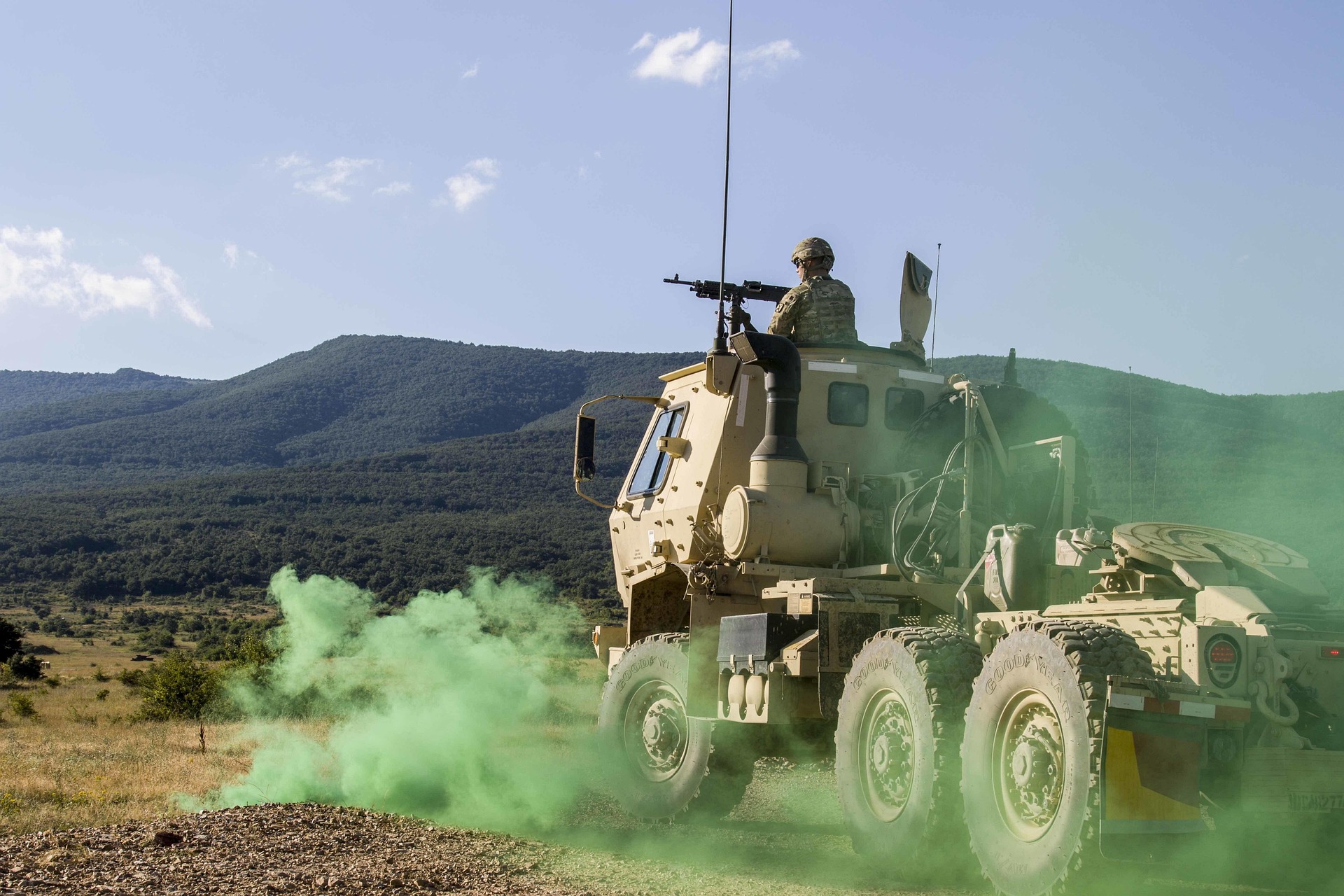NATO Defense Minister Plans To Increase Defence Spending:In a critical gathering of NATO defense ministers, the alliance is inching closer to a significant commitment: increasing defense spending to 5% of GDP. This marks a major shift in strategy as the war in Ukraine continues with no end in sight and broader geopolitical tensions mount.
NATO Defense Minister Plans To Increase Defence Spending
In a critical gathering of NATO defense ministers, the alliance is inching closer to a significant commitment: increasing defense spending to 5% of GDP. This marks a major shift in strategy as the war in Ukraine continues with no end in sight and broader geopolitical tensions mount.
US Defense Secretary Pete Hegseth expressed optimism that member nations are prepared to meet this ambitious goal. “The commitment is there — 5% on defense spending,” he stated. “Given the threats we face and the urgency in the world, it’s critical. We don’t need more flags, we need more fighting formations.”
“Countries in there are well exceeding 2% and we think very close, almost near consensus, on a 5% commitment for NATO.” says US Defence Secretary, Pete Hegseth
Supporting Hexit’s confidence, NATO’s newly appointed Secretary-General Mark Rutte emphasized the alliance’s commitment to modernization and cooperation. He outlined plans to enhance air defense systems, acquire long-range missile capabilities, and boost military coordination across the member nations. Rutte added, “Today, we will agree on the capability targets we need going forward to keep one billion people safe in NATO territory. We already know we need to spend much, much more if we want to fulfill all these targets.”
At the center of NATO’s discussions remains Ukraine. With the Russian invasion now entrenched, many alliance members continue to express doubt over whether U.S. President Donald Trump will exert sufficient pressure on Russian President Vladimir Putin to bring the war to a lasting end.
Despite the uncertainty around U.S. policy, several key NATO members, including the UK, Germany, and France, have reaffirmed their commitment to Ukraine. These nations have pledged continued military aid and financial support. Discussions are also underway about potentially deploying international forces to Ukraine to monitor any ceasefire that may be brokered in the future.
European nations are also caught in a difficult balancing act. While there is a strong desire to meet NATO’s military objectives, many countries are concerned about public backlash. Convincing citizens to support greater defense budgets at the cost of social welfare programs remains politically sensitive, especially in a region where social spending is a core part of national policy.
This NATO meeting lays important groundwork ahead of the upcoming summit, where the finalized decisions on defense targets and spending allocations are expected. With war still active in Europe and strategic competition intensifying globally, NATO’s ability to meet its goals — both in budget and in battlefield support — will be under close watch.
Disclaimer:
The content presented in this article is based on publicly available information and news reports as of June 2025. It is intended for informational purposes only and does not reflect any official position of NATO, its member governments, or any associated entities. The views and statements attributed to individuals, such as defense officials or heads of state, are based on reported public remarks and may not represent final policy decisions.
Readers should be aware that geopolitical developments, especially those involving international conflicts and diplomatic negotiations, are fluid and subject to rapid change. This article does not provide military, political, or investment advice and should not be interpreted as an endorsement of any specific action, government policy, or alliance strategy. For the most accurate and up-to-date information, consult official NATO releases or statements from respective defense ministries.

